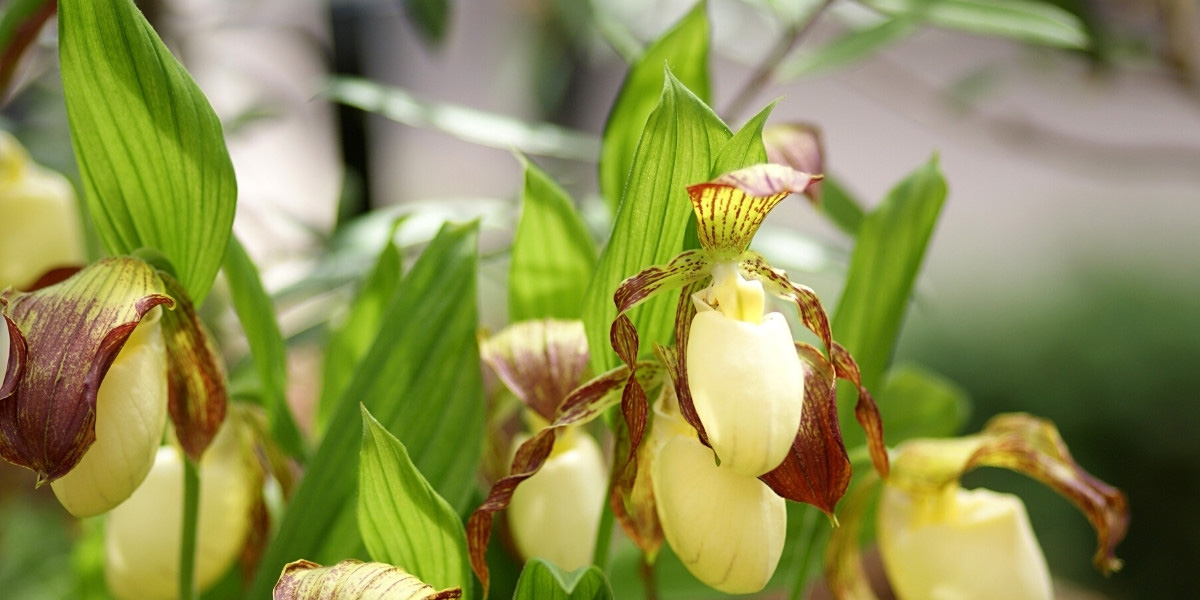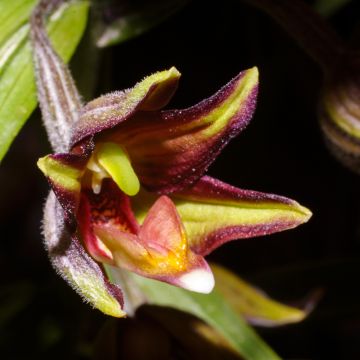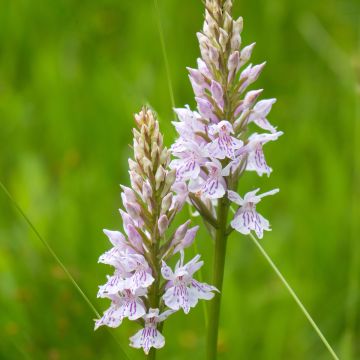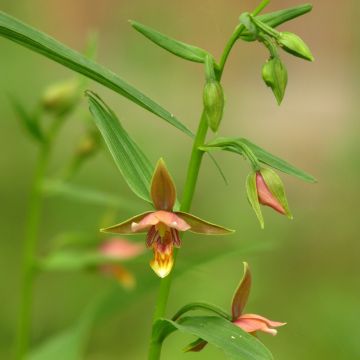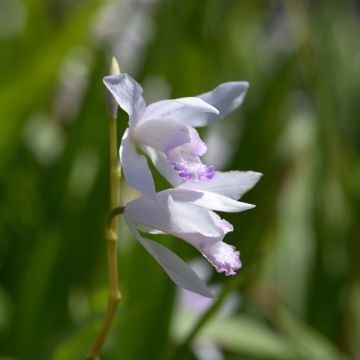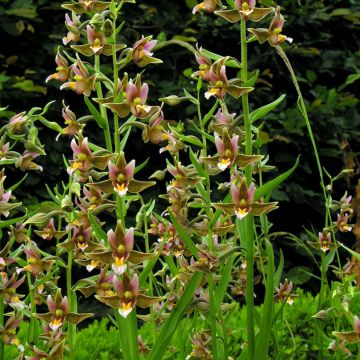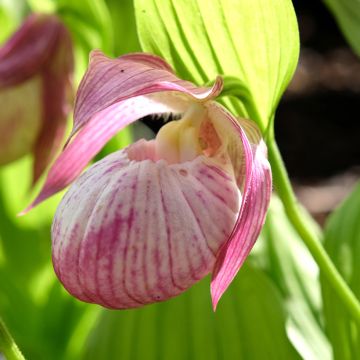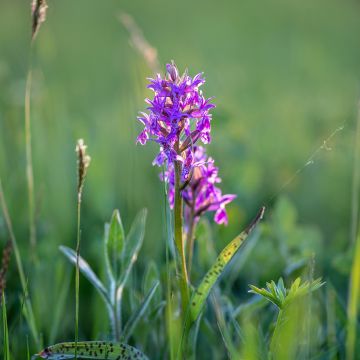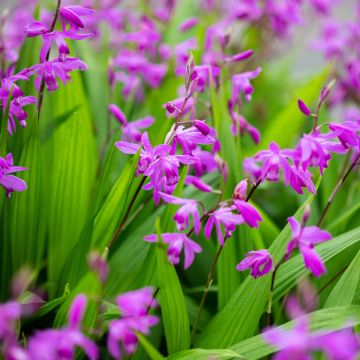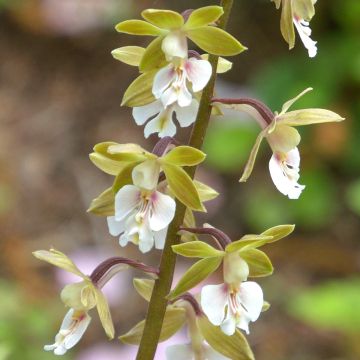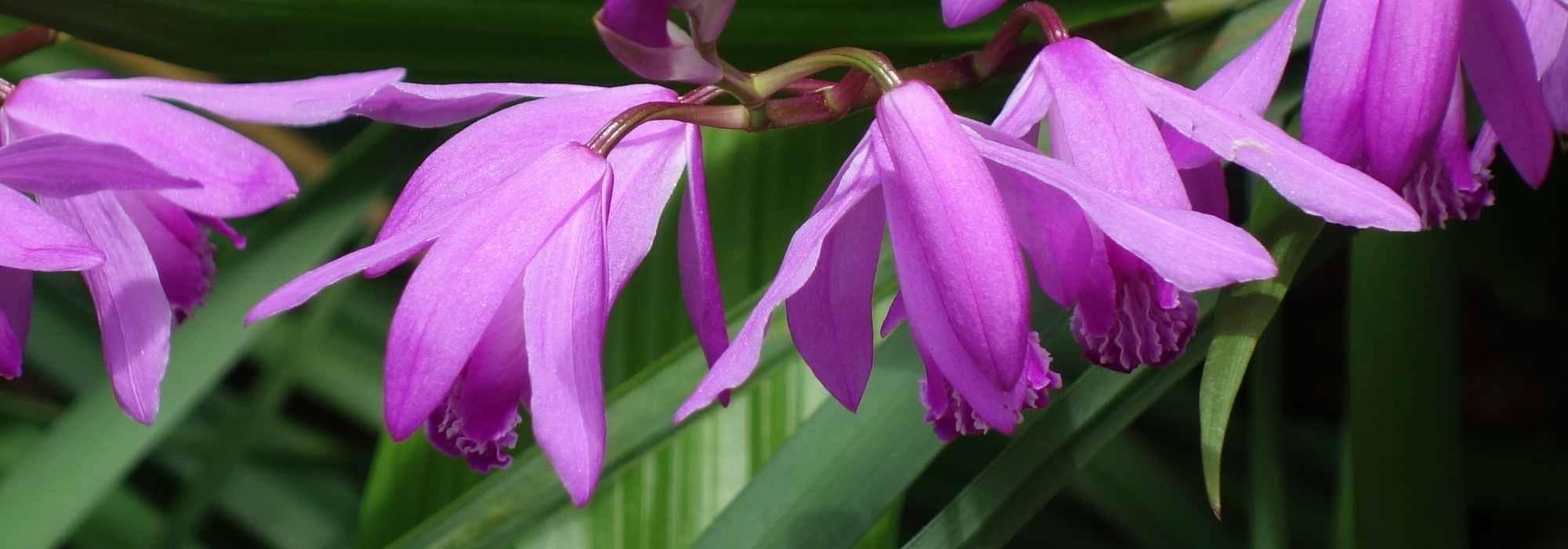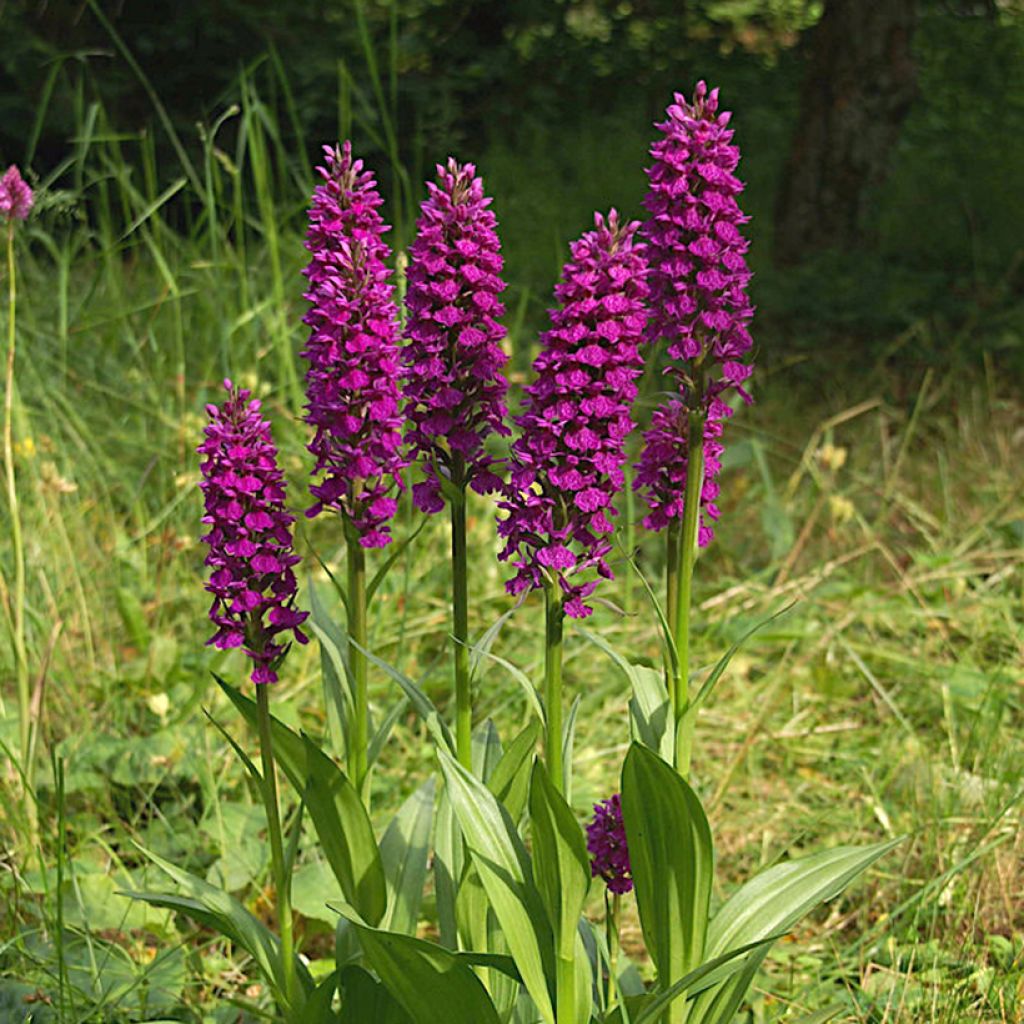

Dactylorhiza Foliorella
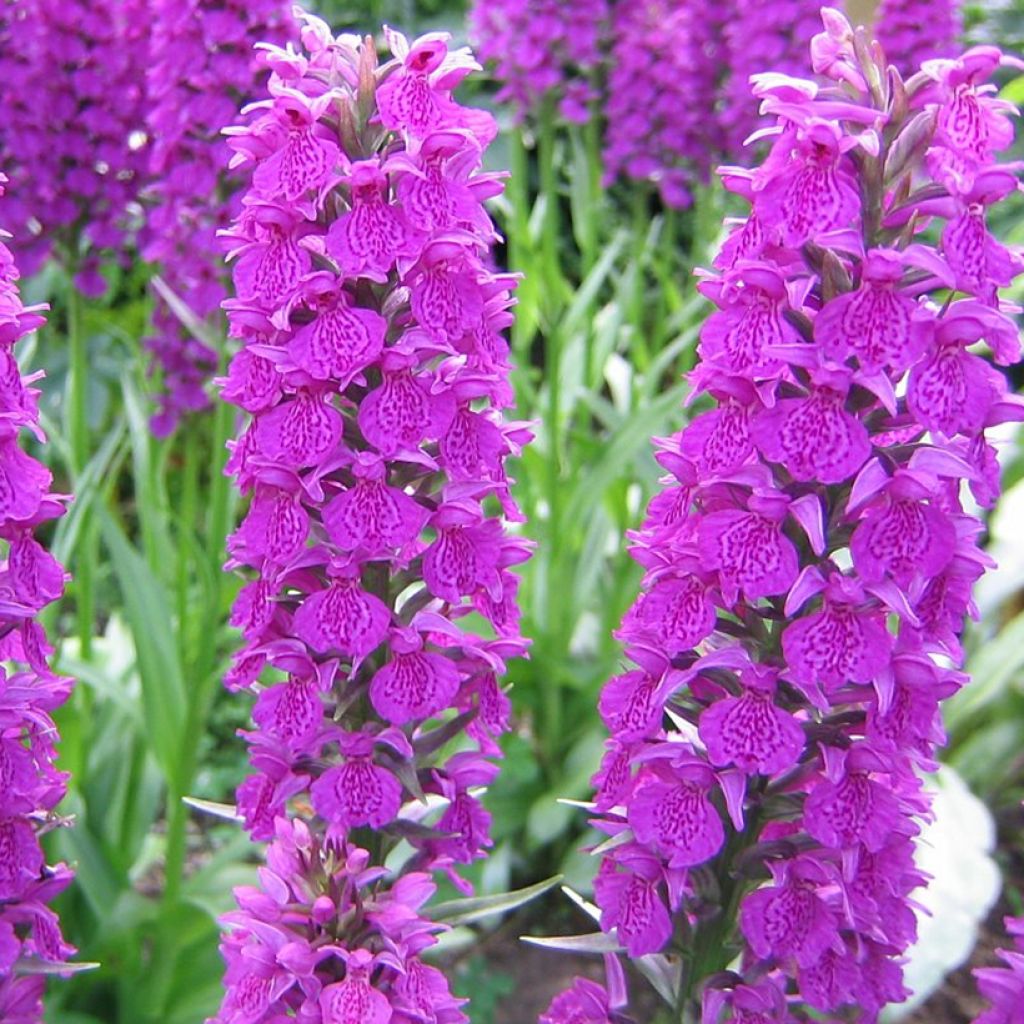

Dactylorhiza Foliorella
Dactylorhiza Foliorella
Dactylorhiza foliosa (x) purpurella Foliorella
Special offer!
Receive a €20 voucher for any order over €90 (excluding delivery costs, credit notes, and plastic-free options)!
1- Add your favorite plants to your cart.
2- Once you have reached €90, confirm your order (you can even choose the delivery date!).
3- As soon as your order is shipped, you will receive an email containing your voucher code, valid for 3 months (90 days).
Your voucher is unique and can only be used once, for any order with a minimum value of €20, excluding delivery costs.
Can be combined with other current offers, non-divisible and non-refundable.
Home or relay delivery (depending on size and destination)
Schedule delivery date,
and select date in basket
This plant carries a 12 months recovery warranty
More information
We guarantee the quality of our plants for a full growing cycle, and will replace at our expense any plant that fails to recover under normal climatic and planting conditions.
Would this plant suit my garden?
Set up your Plantfit profile →
Description
The Dactylorhiza x Foliorella results from cross-breeding between two wild species of Dactylorhiza. This perennial terrestrial orchid disappears in winter and re-emerges in spring. From May, it offers a spectacular flowering, consisting of large floral spikes composed of several dozen small flowers in a purplish pink colour that catches the eye. Thriving in full sun or partial shade requires a neutral soil rich in humus and constantly moist, even in summer. Hardy is perfect for creating a slightly wild atmosphere in a flower bed.
The Dactylorhiza belongs to the vast family of Orchidaceae, which includes 25,000 species that fascinate with their diversity of shapes and colours, as well as their habitats, growing on tree branches (epiphytic species) or in the ground (garden orchids). Dactylorhizas belong to the latter category and include several dozen species. Their exact number is complex to determine because they easily hybridise with each other and resemble each other a lot, making it challenging to differentiate them.
The Dactylorhiza x Foliorella itself is the result of cross-breeding, with equal genetic contributions, between the D. foliosa with purple flowers, endemic to the island of Madeira, where it grows in marshy pastures, and the D. purpurella, or marsh orchid, with magenta pink flowers, native to the United Kingdom, the Netherlands, Denmark, and Norway.
This hybrid forms an underground tuber, which serves as a storage organ in winter when the above-ground part disappears, allowing the plant to regenerate in spring. The very name of this genus refers to this, as in Greek, "daktylos" means finger and "rhiza" means root, indicating that the tuber is split like fingers. In spring, from April onwards, it produces lanceolate leaves, a beautiful vibrant green colour, without spots and with a prominent central vein. Flowering occurs in May-June, with long floral spikes adorned with a few small, slender leaves reaching towards the sky. They are filled with dozens of tiny flowers measuring 1 to 2 cm in diameter, each having the typical shape of orchids, with a lower petal called the lip, much more developed than the others to attract insects. In shades of purplish pink to purple, with darker dots adorning the lip, these flowers are tightly packed together, forming a cluster exceeding 30 cm in height. After flowering, the leaves turn yellow, sometimes quite early in the season, and eventually disappear. The plant then enters winter dormancy, tolerating cold temperatures (down to around -25°C). Year after year, the clump expands as the tuber grows, and the flowering becomes even more magnificent.
This Dactylorhiza is ideal in a flower bed with a wild or romantic inspiration, alongside other plants that thrive in moist to wet soil, in the same spirit. Plant a Bleeding Heart, such as Dicentra Pink Diamonds, whose beautiful and architectural heart-shaped pink and white flowers will take over in summer. The small Epimedium alpinum, a Barrenwort with lovely tender green heart-shaped foliage, will precede your orchid with its graceful, small, bicoloured yellow and red stars.
Flowering
Foliage
Plant habit
Botanical data
Dactylorhiza
foliosa (x) purpurella
Foliorella
Orchidaceae
Cultivar or hybrid
Other Garden Orchids
View all →Planting and care
The Dactylorhiza x Foliorella thrives in cool, even cold climates, in rich and loose soils, and is ideally neutral (it tolerates slightly acidic to slightly alkaline soils). Above all, it requires a certain level of atmospheric humidity, as well as in the soil. This very hardy species prefers wet to waterlogged areas and can be cultivated on the edge of a pond or water feature if the soil is not too suffocating. For example, use a mixture of clayey garden soil, non-limestone leaf compost, and turf. The soil must remain moist in summer, but it can be slightly drier in winter. This orchid grows in sunny exposure (provided with moist soil) and tolerates partial shade.
It is a very frost-resistant plant that does not require any particular protection in winter. After flowering, the foliage turns yellow and completely disappears during the dormant period. Over the years, if the conditions are suitable, the Dactylorhiza strengthen and multiply by producing new tubercles.
Planting period
Intended location
Care
Planting & care advice
This item has not been reviewed yet - be the first to leave a review about it.
Haven't found what you were looking for?
Hardiness is the lowest winter temperature a plant can endure without suffering serious damage or even dying. However, hardiness is affected by location (a sheltered area, such as a patio), protection (winter cover) and soil type (hardiness is improved by well-drained soil).

Photo Sharing Terms & Conditions
In order to encourage gardeners to interact and share their experiences, Promesse de fleurs offers various media enabling content to be uploaded onto its Site - in particular via the ‘Photo sharing’ module.
The User agrees to refrain from:
- Posting any content that is illegal, prejudicial, insulting, racist, inciteful to hatred, revisionist, contrary to public decency, that infringes on privacy or on the privacy rights of third parties, in particular the publicity rights of persons and goods, intellectual property rights, or the right to privacy.
- Submitting content on behalf of a third party;
- Impersonate the identity of a third party and/or publish any personal information about a third party;
In general, the User undertakes to refrain from any unethical behaviour.
All Content (in particular text, comments, files, images, photos, videos, creative works, etc.), which may be subject to property or intellectual property rights, image or other private rights, shall remain the property of the User, subject to the limited rights granted by the terms of the licence granted by Promesse de fleurs as stated below. Users are at liberty to publish or not to publish such Content on the Site, notably via the ‘Photo Sharing’ facility, and accept that this Content shall be made public and freely accessible, notably on the Internet.
Users further acknowledge, undertake to have ,and guarantee that they hold all necessary rights and permissions to publish such material on the Site, in particular with regard to the legislation in force pertaining to any privacy, property, intellectual property, image, or contractual rights, or rights of any other nature. By publishing such Content on the Site, Users acknowledge accepting full liability as publishers of the Content within the meaning of the law, and grant Promesse de fleurs, free of charge, an inclusive, worldwide licence for the said Content for the entire duration of its publication, including all reproduction, representation, up/downloading, displaying, performing, transmission, and storage rights.
Users also grant permission for their name to be linked to the Content and accept that this link may not always be made available.
By engaging in posting material, Users consent to their Content becoming automatically accessible on the Internet, in particular on other sites and/or blogs and/or web pages of the Promesse de fleurs site, including in particular social pages and the Promesse de fleurs catalogue.
Users may secure the removal of entrusted content free of charge by issuing a simple request via our contact form.
The flowering period indicated on our website applies to countries and regions located in USDA zone 8 (France, the United Kingdom, Ireland, the Netherlands, etc.)
It will vary according to where you live:
- In zones 9 to 10 (Italy, Spain, Greece, etc.), flowering will occur about 2 to 4 weeks earlier.
- In zones 6 to 7 (Germany, Poland, Slovenia, and lower mountainous regions), flowering will be delayed by 2 to 3 weeks.
- In zone 5 (Central Europe, Scandinavia), blooming will be delayed by 3 to 5 weeks.
In temperate climates, pruning of spring-flowering shrubs (forsythia, spireas, etc.) should be done just after flowering.
Pruning of summer-flowering shrubs (Indian Lilac, Perovskia, etc.) can be done in winter or spring.
In cold regions as well as with frost-sensitive plants, avoid pruning too early when severe frosts may still occur.
The planting period indicated on our website applies to countries and regions located in USDA zone 8 (France, United Kingdom, Ireland, Netherlands).
It will vary according to where you live:
- In Mediterranean zones (Marseille, Madrid, Milan, etc.), autumn and winter are the best planting periods.
- In continental zones (Strasbourg, Munich, Vienna, etc.), delay planting by 2 to 3 weeks in spring and bring it forward by 2 to 4 weeks in autumn.
- In mountainous regions (the Alps, Pyrenees, Carpathians, etc.), it is best to plant in late spring (May-June) or late summer (August-September).
The harvesting period indicated on our website applies to countries and regions in USDA zone 8 (France, England, Ireland, the Netherlands).
In colder areas (Scandinavia, Poland, Austria...) fruit and vegetable harvests are likely to be delayed by 3-4 weeks.
In warmer areas (Italy, Spain, Greece, etc.), harvesting will probably take place earlier, depending on weather conditions.
The sowing periods indicated on our website apply to countries and regions within USDA Zone 8 (France, UK, Ireland, Netherlands).
In colder areas (Scandinavia, Poland, Austria...), delay any outdoor sowing by 3-4 weeks, or sow under glass.
In warmer climes (Italy, Spain, Greece, etc.), bring outdoor sowing forward by a few weeks.






























